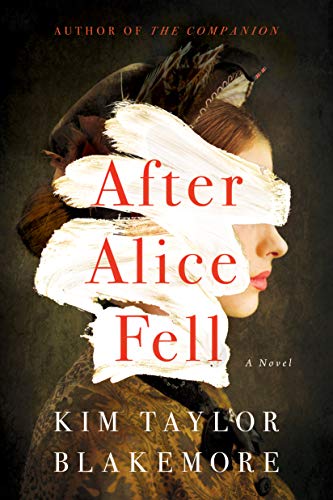
Kim Taylor Blakemore’s After Alice Fell, a well-written, haunting Gothic mystery, kept me enthralled throughout its twists and turns.
The story takes place in New Hampshire, 1865. Marion Abbott, a widow and narrator of the story, and her brother, Lionel Snow, are summoned to Brawders House, an asylum, to collect their sister Alice’s body. According to the investigation, Alice was found dead after falling four stories from a steep-pitched roof. The asylum claims the incident was an accident, but unofficially assumes it was suicide.
When Marion and Lionel collect the body, they both share feelings of guilt that they committed their younger sister to the asylum. Alice was always a different child–full of fantasies. She ceased to speak after the age of fourteen, but would draw and write in detailed journals. Marion loved her sister, but to Lionel and his wife, she was an embarrassment. Finally, an incident occurred that prompted them to admit Alice to the asylum.
While preparing the body for burial, Marion is shocked by Alice’s condition, her emaciated body, the bruises and marks made by restraints. She strongly suspects the cause of death was murder.
As the story progresses, new mysteries of the family’s history surface. Why does Lionel try to silence Marion’s notion that their sister was murdered?
After Alice Fell is a harrowing mystery, its setting rife with intrigue. Blakemore does a good job of showing us life in the mid-1800s, and of the appalling lack of choices a middle-aged widow suffered. The author puts the reader into the characters’ large, dark house, showing detailed inconveniences of the period, such as women’s clothing, and revealing how much the “privileged” had to rely on others for appearances, such as having household help even when they couldn’t afford to do so.










